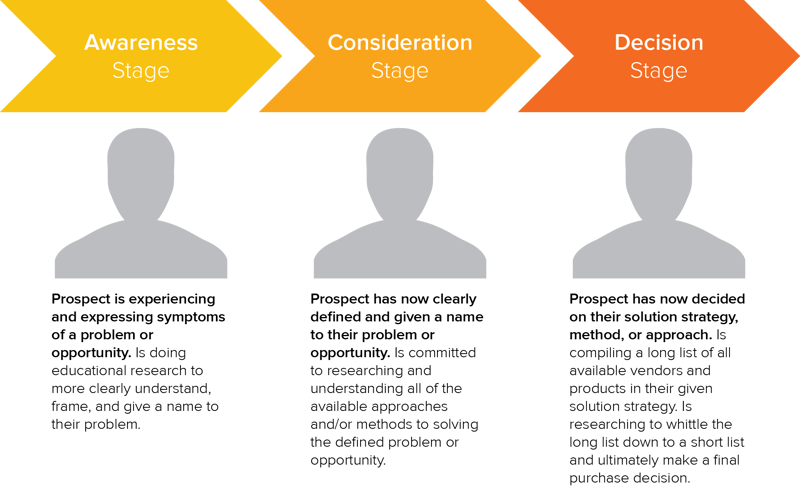
Get weekly
HubSpot updates
Content has been king for a while now, and this isn’t going to change anytime soon. So, if you haven’t started putting together a content strategy for your business yet, now is the time to start.
However, before you jump into writing tons of blogs for your website, it’s important to make sure you understand who it is you are writing for and what you hope to achieve.
As with any good marketing strategy, understanding your target market is key to your success. By digging deeper into who your buyers are and understanding their pain points, challenges and desires, you’ll be in a much better position to create content that resonates with them. This would make them much more likely to connect with your brand and, ultimately, lead to more sales.

How to understand your target market
Here at SpotDev, we follow HubSpot’s inbound methodology, which refers to your target market as buyer personas.
A buyer persona is a semi-fictional representation of your ideal customer based on market research and real data about your existing customers. When creating your buyer persona(s), consider including customer demographics, behavior patterns, motivations and goals.
By creating a thorough buyer persona, not only will you have the basic understanding of the demographics of your target market, but also how they like to receive information, how much time they have to research your product or service, and what drives them to look for a solution to the problem they are facing. This will help you create a strong marketing strategy that goes beyond the usual business-centric blog titles and starts to drive users to your website before they even know you are the solution they need — building brand trust through always being helpful.
-3.gif?width=450&name=giphy%20(1)-3.gif)
But where do I get all this wonderful information from, I hear you ask!
Firstly, start with your current customer data. Who is currently purchasing your product or service? What are the reasons they come to you? What are the frequently asked questions that you’re being asked during the sales process?
You might not have all this information from the marketing department, but your sales team probably know. Speak with your sales team and back up your findings with data from Google Analytics, social media insights and any customer feedback data you may have. This will avoid any inaccurate assumptions within the business.
Another way to gather more in-depth information to create precise buyer personas is through customer interviews and surveys. Speaking to customers that fit your ideal customer profile can provide you with a wealth of data that can be used to drive your marketing strategy forward.
Download a Free Buyer Persona Template
Analyse your competition
By looking at what kind of content your competitors are creating, who they are aiming it at and how they position themselves, you will be able to measure how well you are doing in comparison.
After seeing where the competition is targeting their efforts you’ll be able to take away some learnings, but also see what you can be doing better. If your competitors are only creating content about their product or services and nothing educational to help a user during their buyer’s journey, you’ll be in a great position to start capturing leads at these earlier stages and start building a relationship with potential customers long before your competitors.

Avoid making assumptions
Although the above steps seem like a lot of work, it’s really important to do your research to make sure that you don’t create buyer personas based on assumptions. When you work in an industry it is very easy to forget that your customers may not have the same level of understanding about your service or product.
One of the biggest mistakes we see when we start working with a client is that they want to rank for a industry specific keyword. However, after some keyword and buyer persona research we sometimes find that that the keywords they see as business critical, are never actually used by consumers during their purchasing research.
Another assumption that can affect the success of you content strategy is talking down to your users, or just as bad, getting too technical in your content. This could leave your potential customers feeling like you’re calling them stupid, or that your content is too advanced..
One way to overcome this issue is to create content like a journalist. With a broad audience, a journalist must provide the information on sometimes quite complex subjects in a way that a novice or expert in this topic could understand. Through clear sentences and avoiding jargon you’ll be able to educate readers without putting them off.
.gif?width=292&name=giphy%20(2).gif)
Finally, don’t assume that those visiting your website care about your brand. They are there for their own needs and priorities. All the content you create should be aimed at the pain points or interests of your buyer personas. With this is mind, avoid highlighting features of your product or service, but focus on the benefits in terms of the needs of your target market.
Understanding the difference in what your business does, and what you need to talk about to your potential customers, will be the key to your content marketing success. As with anything in marketing, always make sure you’re going through and analysing the results of your content marketing strategy. Is your content increasing organic traffic and qualified leads? If so, you’ll be on the right path, if not, review and learn from where you may be going wrong and always revert back to your buyer personas when creating any content: is this something they will want to read and does it provide value? If the answer is yes, then you’re good to go!

